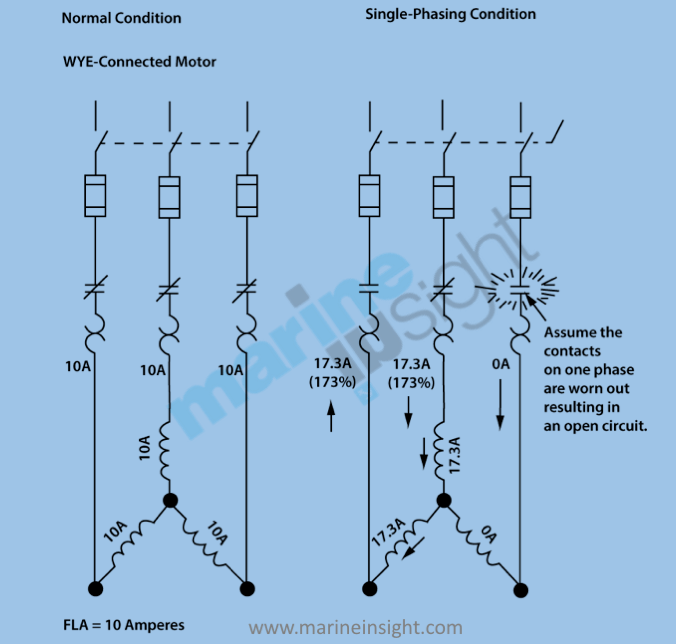

The reversing permanent split-capacitor motor illustrated in Figure 4 uses two identical windings, a single capacitor, and a selector switch. The permanent split-capacitor motor shown in Figure 3 has a capacitor sized for running, which means the starting torque is very low, perhaps only 75% of rated torque.įIGURE 3: Permanent split-capacitor (PSC) motor circuit (wiring) diagram and torque-speed curve. If we left a capacitor in the auxiliary winding after the motor was started, we could approximate two-phase operation and have a smoother-running, quieter motor.īecause the reactance of the motor winding and the capacitor are both functions of frequency, we can only obtain true two-phase operation at one motor speed for a given capacitor. Because there is a backward-rotating component of flux, there are pulsating torques, so the torque-speed curve is really just a representation of the average torque. Single-phase motors are inherently noisier and less smooth running than polyphase motors. The capacitor is not designed for continuous operation, so there is a centrifugal switch in this motor to remove the auxiliary winding after start-up.įIGURE 2: Capacitor-start induction motor (CSIM) circuit (wiring) diagram and torque-speed curve. It is sized to provide high starting torque, as much as 300% of rated torque.

The capacitor-start motor uses a capacitor to produce a phase shift.

The split-phase motor is characterized by a relatively low starting torque, perhaps 100%-150% of rated torque.įIGURE 1: Split-phase induction motor (SPIM) circuit (wiring) diagram and torque-speed curve.įigure 2 illustrates the capacitor-start induction motor.
SINGLE PHASE MOTOR WINDING RESISTANCE CHART FULL
There is a centrifugal switch in the auxiliary winding circuit that opens as the motor approaches full speed. The split-phase motor relies solely on differences in the resistance and reactance of the windings to produce a phase shift. Kitchen appliances, such as blenders and mixers, tools, such as drill motors, and other devices could easily have several dozen single phase induction motors.įigure 1 illustrates the split-phase induction motor. The typical no-frost refrigerator has three motors- one which is an integral part of the compressor unit, one for the fan to circulate the cold air, and one to run the timer for the defrost cycle.įorced-air heating systems have a fan motor.


 0 kommentar(er)
0 kommentar(er)
